Golderskookum
Member
Cool. While I don't need that much that's the way to go I'd say. So you have 250amp alternator and a control system. Interested in a few more details just for my continuing education.
Thanks everyone for lively discussion and lots of ideas. The isolator is obviously gone to be replaced most likely by an ACR although the Adverc controller is also very interesting. The question I now have is whether I need a completely new alternator as well. The one I have is 35 amp which doesn't sound like much against some of the one's mentioned but would be quite sufficient if I could get it to pump out 15-20 amps continuously. Is there some way to get it to do this? Do I have to by pass the interior regulator and feed it directly to an ACR or the Adverc?
First off, I would simply bypass that diode battery isolator, and see if it improves the charging, you do not need it nothing will be damaged. All it does is prevent backfeeding between batteries if one is bad it won't drain the other. You can use a 12vdc continuous charge relay or ACR, much better than battery isolator as everyone has said.
And verify the grounding of the alternator case back to the negative post on the battery.
.
Good idea to check proper grounding of alt to battery.
I have suggested bypassing splitter 3 times above, others have as well, I think OP has stock in the diode splitter company LOL. I still don't think he has mentioned the size of his battery bank/s. Good thing we have time to waste,,,
Thanks everyone for all the ideas. We are packing up the boat now for the winter. We will leave it on the Rhone at L'Ardoise. More research over the winter and a Spring fix. sdowney717 suggestion is interesting but I have used jumpers to bypass all the wiring and connect the alternator directly to all the batteries and an ammeter. It only puts out a few amps even then even when the house batteries are down. I received a reply from Adverc. They say that with their management system it compensates for the diode isolator drop if that is the split method in use. I have run the system without it and connected all the batteries together but just the same trickle charge. I have had the alternator tested. all ok. I have used a new alternator of the same capacity. still just a trickle.
I have twin 108amp Delcos on one of my 120s and a single Delco 80amp on my other 120. I bought the bracket from AD for the twin Delco setup. The system has run perfectly for four years.
Call American Diesel before you do anything else.
Even though I bought a bracket from them for asecond alternator, Brian talked me out of it and it was a wise decision.
Also you should use an external regulator and a battery monitor, so you are not guessing.
I like the look of that belt. No water pump involved. The alternator must come with the add on pulleys. Is this a difficult install?I added a Lecce Neville to my motor as a second alternator with a Sterling 4 stage external regulator to charge the house battery bank. The 2 systems can be linked through a battery switch if either regulator fails. Extremely happy with the system.
External regulator is mounted on the wall in the upper right corner.
View attachment 56761
Ted
Can anyone please define
ACR
BMK
Diode splitter
Any pics or links would help. I'm visual. Thank you.
I like the look of that belt. No water pump involved. The alternator must come with the add on pulleys. Is this a difficult install?

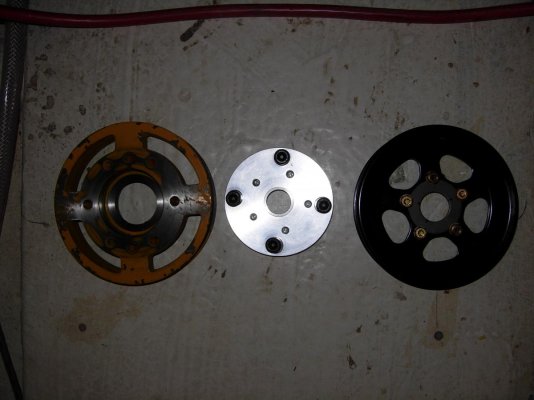
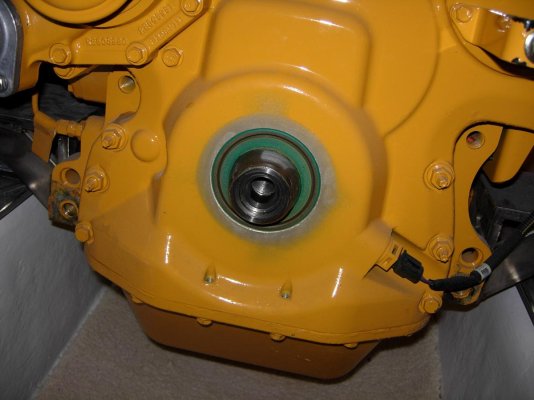
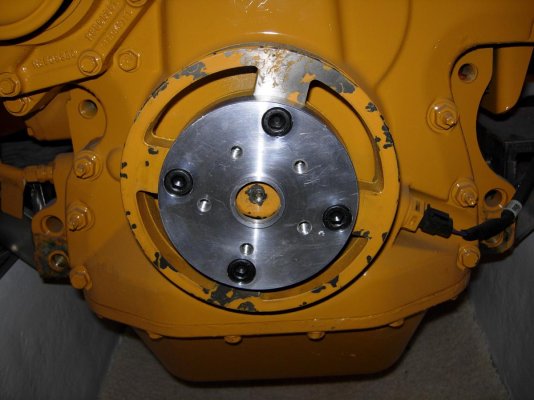
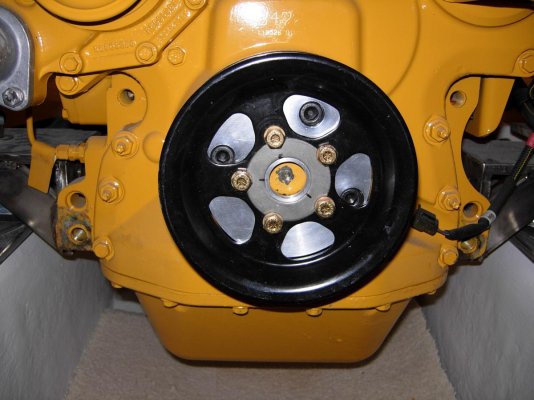


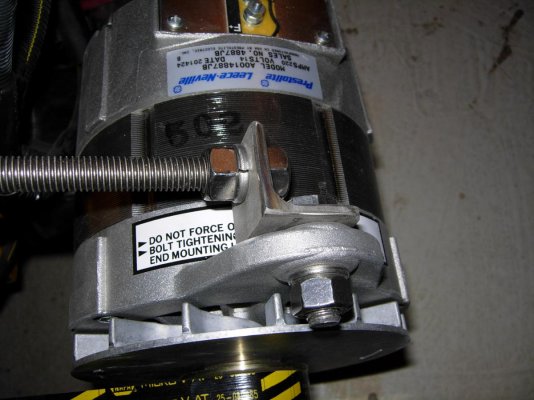
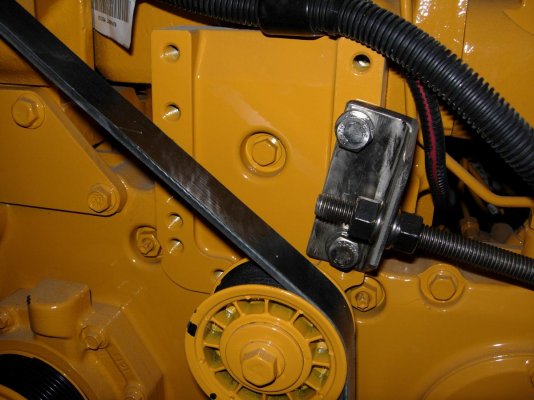
Thanks everyone for all the ideas. We are packing up the boat now for the winter. We will leave it on the Rhone at L'Ardoise. More research over the winter and a Spring fix. sdowney717 suggestion is interesting but I have used jumpers to bypass all the wiring and connect the alternator directly to all the batteries and an ammeter. It only puts out a few amps even then even when the house batteries are down. I received a reply from Adverc. They say that with their management system it compensates for the diode isolator drop if that is the split method in use. I have run the system without it and connected all the batteries together but just the same trickle charge. I have had the alternator tested. all ok. I have used a new alternator of the same capacity. still just a trickle.
Why was it wise? Was it anything to do with the water pump bearing?

No kit, this is custom "Ted".
Bought the alternator with pulley. Second 8 groove serpentine pulley is from John Deere. Had the adapter plate custom made and matched true to the crank pulley. I made the alternator mounting base out of stainless (Sean did the welding) which is welded to the custom stainless motor mounts we built. The tensioning is done with 1/2" stainless all thread to 2 stainless brackets I fabricated out of stainless angle. I have a stainless steel fetish.
View attachment 56878
View attachment 56879
View attachment 56880
View attachment 56881
View attachment 56882
View attachment 56883
View attachment 56884
View attachment 56885
Ted
I have used an external ammeter to check. However since I last used it I have made a few changes. Good point. I'll check again in the springPerhaps your charging system is fine and your Ampmeter is lying to you.
I've seen it happen.
